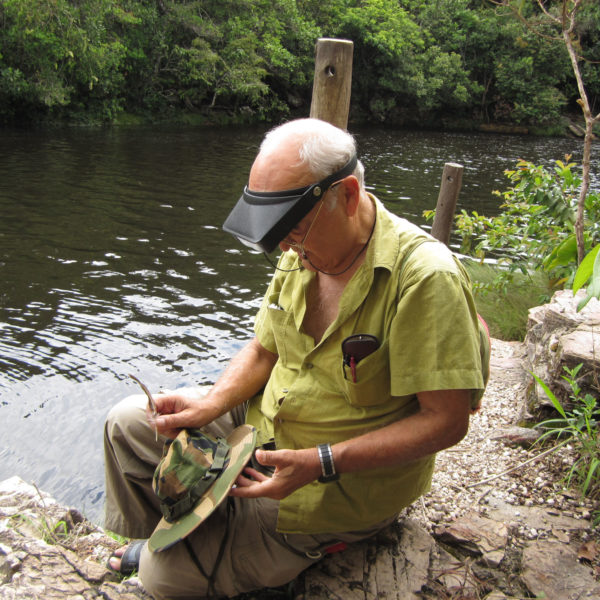Great Lakes Echo:
“The newly designated Minong Traditional Cultural Property covers Isle Royale and its entire archipelago of 450-plus northern Lake Superior islands and surrounding waters. It reflects many legacies, especially the cultural history of the Grand Portage Band of Lake Superior Chippewa, or Ojibwe.
The listing “recognizes and celebrates the lasting relationship” between Native Americans and Isle Royale and other nearby islands, said Seth DePasqual, the cultural resource manager at Isle Royale National Park. The Grand Portage Ojibwe have used the islands for many centuries.
Isle Royale has been a national park since 1945. In 1976, Congress set aside 99 percent of the main island as wilderness.”





















